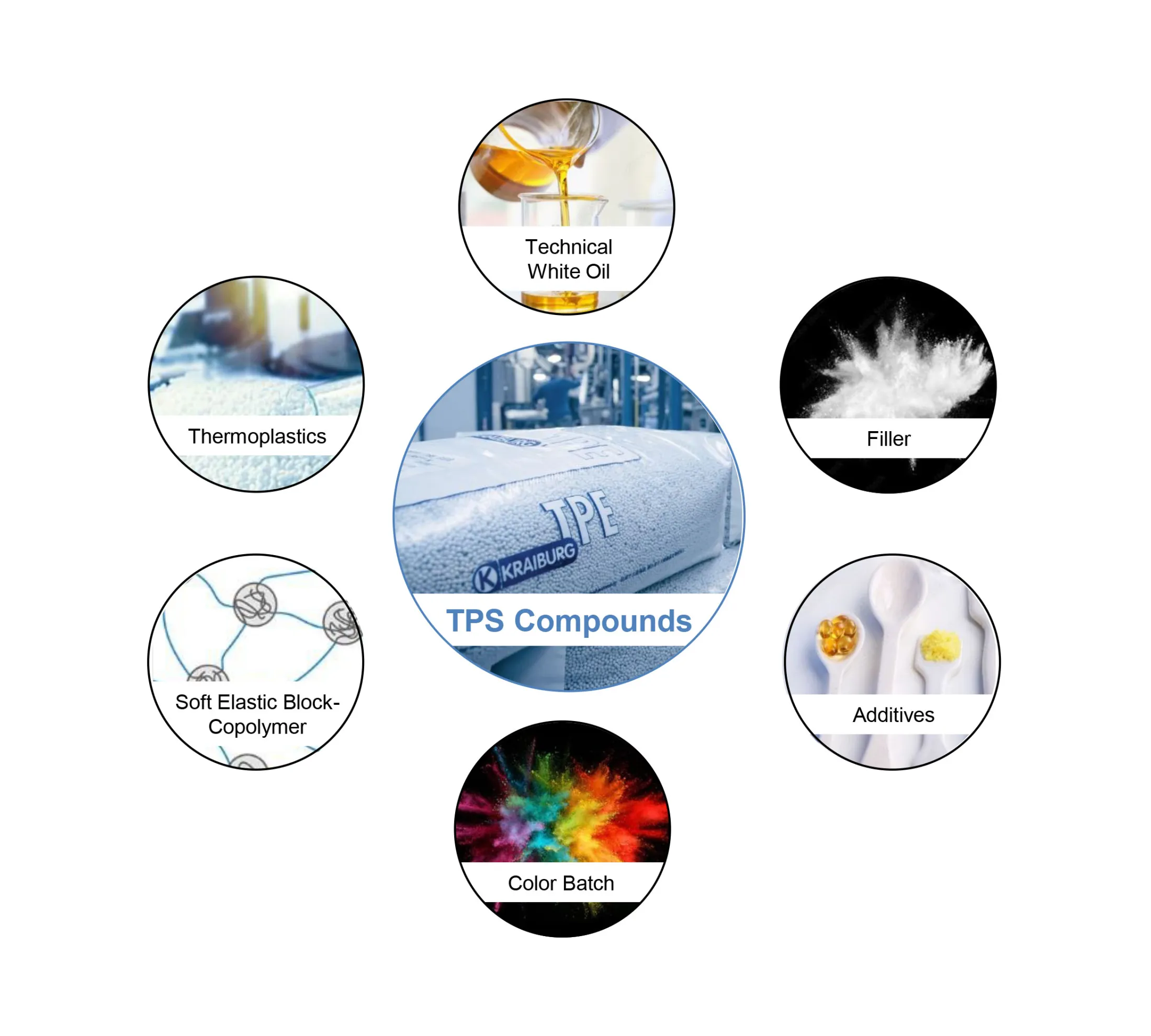Publication:
19. Listopad 2024
ktpe_newsdate_updated:
27. luty 2025
Q&A
TPE made from Renewable Resources: Overcoming Challenges and Unlocking Solutions TPE
Here we answer some of the questions that were asked in our webinar “TPE made from Renewable Resources: Overcoming Challenges and Unlocking Solutions TPE”.
Explore our bio-based TPE
Bio-based TPEs also have a lower product carbon footprint than established alternatives that are not based on renewable raw materials.
Gain insights from the Experts
Webinar: TPE made from Renewable Resources: Overcoming Challenges and Unlocking Solutions
In the webinar, Magdalena Michl and Matthias Wagner summarized the current market response to TPEs made from renewable resources, including the pitfalls, possible future development directions and ready-to-buy alternatives.
Take advantage of the free 25-minute webinar to get a quick and up-to-date overview of the topic. Please contact us if you would like to discuss this topic in person.



